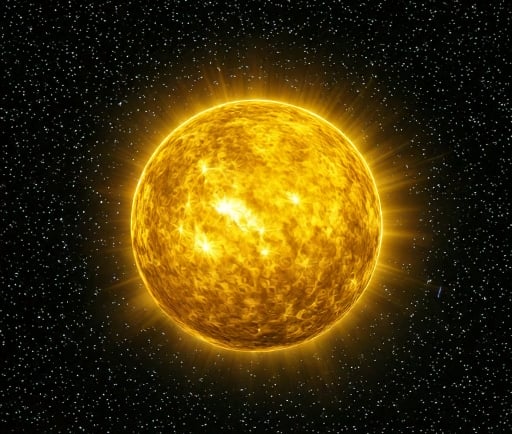The Corot 31 Star: A Glimpse into its Magnitude and Size


Introduction to Corot 31
The universe is filled with countless stars, each with unique characteristics and properties. Among these celestial bodies is the Corot 31 star, which has captured the interest of astronomers and enthusiasts alike. With a magnitude of 15.7, Corot 31 stands as a fascinating example of stellar evolution and composition, inviting deeper exploration into what makes it distinct.
Magnitudes and Measurements
Magnitude is a crucial element in astronomy that denotes the brightness of a star as seen from Earth. The Corot 31 star's magnitude of 15.7 indicates it is fainter than many stars visible to the naked eye, highlighting its distance from our planet. This faintness makes it a suitable candidate for observational studies through advanced telescopes. However, despite its dim nature, the insights gained from studying such stars provide valuable data regarding the classification and life cycles of celestial bodies.
Comparison with Our Sun
When evaluating stellar characteristics, comparing a star with our Sun often helps contextualize its features. Corot 31 is approximately 1.2 times more massive than the Sun and about 2.1 times larger in size. This significant increase in both mass and size positions Corot 31 in a different category compared to our solar system's star. The increased mass can indicate a higher gravitational pull and a faster pace of fusion at its core, potentially leading to distinct life cycle dynamics. Understanding these differences is essential for astrophysical research, allowing scientists to theorize about the potential for planetary systems around such stars.
As researchers continue to observe and examine the Corot 31 star, knowledge surrounding its composition, age, and future evolution will grow. Such studies not only highlight the diversity of stars in our galaxy but also enhance our understanding of the universe as a whole.
In conclusion, the Corot 31 star, with its magnitude of 15.7, provides a rich subject for astronomical research. By exploring its characteristics in comparison to our Sun, we can gain insights into the intricate dynamics of star formation and evolution. As future explorations unfold, we anticipate even more revelations regarding Corot 31 and other celestial entities, deepening our appreciation for the complexity of the cosmos.
